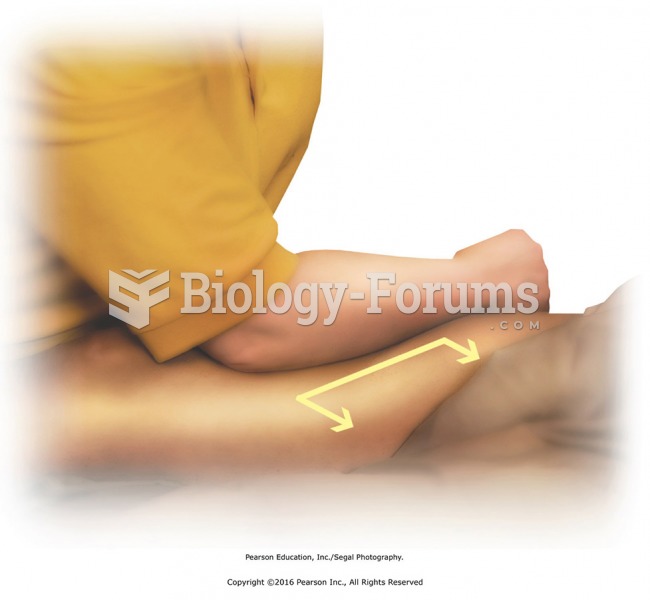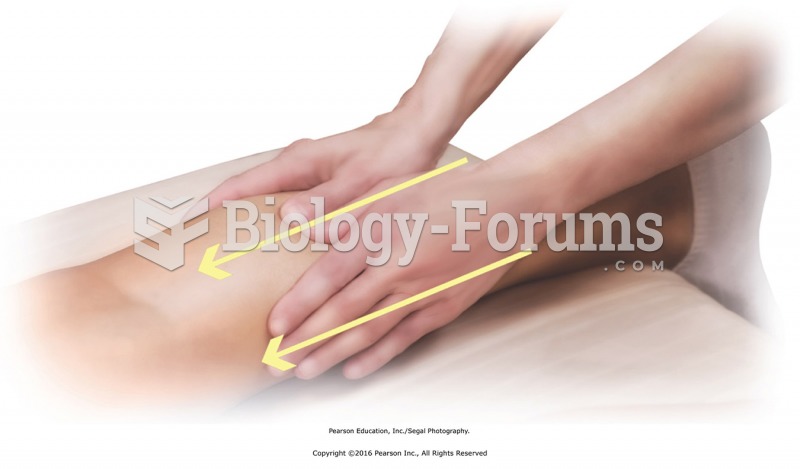|
|
|
Looking at the sun may not only cause headache and distort your vision temporarily, but it can also cause permanent eye damage. Any exposure to sunlight adds to the cumulative effects of ultraviolet (UV) radiation on your eyes. UV exposure has been linked to eye disorders such as macular degeneration, solar retinitis, and corneal dystrophies.
Although the Roman numeral for the number 4 has always been taught to have been "IV," according to historians, the ancient Romans probably used "IIII" most of the time. This is partially backed up by the fact that early grandfather clocks displayed IIII for the number 4 instead of IV. Early clockmakers apparently thought that the IIII balanced out the VIII (used for the number 8) on the clock face and that it just looked better.
The calories found in one piece of cherry cheesecake could light a 60-watt light bulb for 1.5 hours.
You should not take more than 1,000 mg of vitamin E per day. Doses above this amount increase the risk of bleeding problems that can lead to a stroke.
There used to be a metric calendar, as well as metric clocks. The metric calendar, or "French Republican Calendar" divided the year into 12 months, but each month was divided into three 10-day weeks. Each day had 10 decimal hours. Each hour had 100 decimal minutes. Due to lack of popularity, the metric clocks and calendars were ended in 1795, three years after they had been first marketed.
 Apply oil or lotion to the entire leg and hip. Slide palms from lower leg to buttocks. Inside hand ...
Apply oil or lotion to the entire leg and hip. Slide palms from lower leg to buttocks. Inside hand ...
 Straighten the leg and effleurage to quadriceps with forearm. Apply in three parallel strokes from ...
Straighten the leg and effleurage to quadriceps with forearm. Apply in three parallel strokes from ...
 Apply stroking from ankle to knee, using both palms to slide along the calf muscles. If hands will ...
Apply stroking from ankle to knee, using both palms to slide along the calf muscles. If hands will ...




